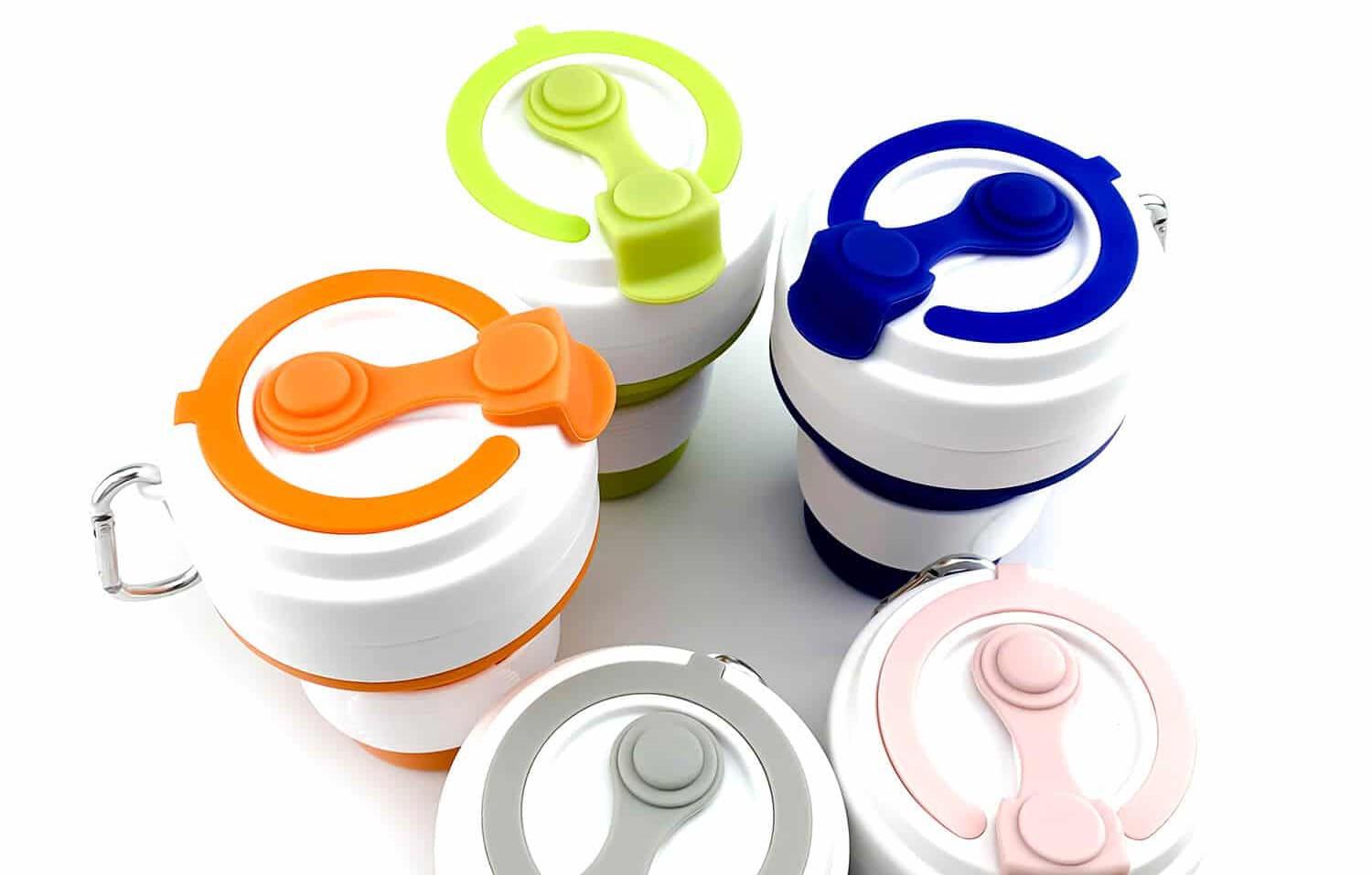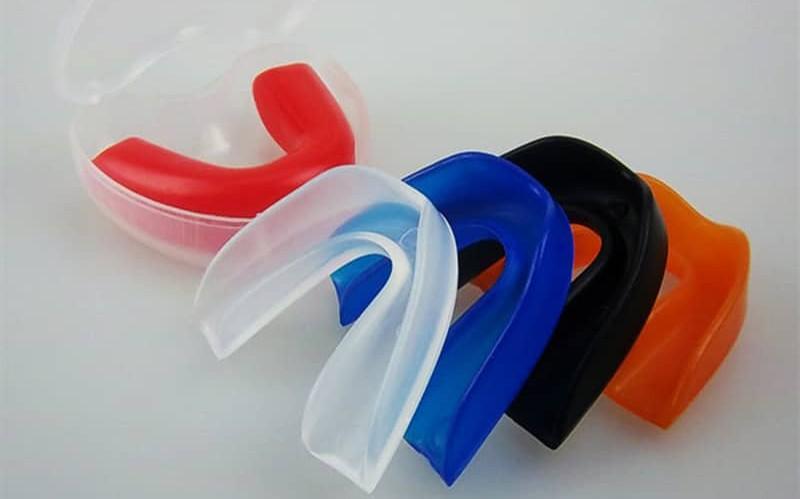Table of Contents

Liquid silicone rubber (LSR) is a versatile material that is a common feature of many industries that surround us. Due to its high mechanical strength, heat resistance, and chemical resistance, this polymer is suitable for application in various fields. Whether used for creating medical devices or producing certain cars or electronic parts, many industries are capitalizing on the unique features of LSR.
Nevertheless, to set the right price and generate profit, you have to comprehend all the factors impacting the costs of LSR. This article will explain all the variables affecting the cost of liquid silicone rubber, the average cost, and how to select the right supplier.
What is Liquid Silicone Rubber?
Liquid silicone rubber is available under most circumstances as a two-component polymer system. The two parts are combined and then cured to get the final product. Compared to traditional silicone or rubber, LSR is manufactured through an injection molding process. This allows you to form complex shapes that are precise and can be recreated multiple times. Liquid silicone rubber quickly grew in demand as an industrial material as a result of its superior quality and special characteristics.
This polymer is characterized by high levels of heat and chemical resistance, as well as a high degree of tensile strength. It is also utilized in health care to develop medical equipment and in the electronics and car industries to produce components such as gaskets and seals. At the same time, it is biocompatible and hypoallergenic, meaning that it can be used in medical devices and as a food-grade material.
Factors Influencing the Cost of Liquid Silicone Rubber
The cost of the liquid silicone rubber is determined by a combination of a bunch of factors. If you are a manufacturer or buyer, you need to have a proper understanding of these particular factors. This will assist you in making the right purchase and production decisions. Now let us consider the major factors that affect the overall cost.
Raw Material Costs
How much raw materials cost will directly influence the final price of LSR products. The raw materials involved in the production process include silicon dioxide, reinforcing fillers, and curing agents. The price of these raw materials can change depending on availability, supply chain disruptions, or higher demand. Moreover, these raw materials can also cost more depending on their level of quality and purity. You need higher-purity liquid silicone rubber for medical applications, which makes it more expensive.
Manufacturing Process

Manufacturing liquid silicone rubber takes place in multiple stages. These stages will include siloxane synthesis, polymerization, compounding, and cross-linking. The created polymer then undergoes injection molding to get the right shape. The production process concludes with the stages of curing and finishing.
Every single one of these phases has its own cost, which comes from labor, energy, and equipment. Also, injection molding is the most complex process in essence because it entails the control of temperature and pressure to repeat the same standard. The overall cost of LSR comes from the complexity of the manufacturing process, the need for precise control, and the duration of each production cycle.
Quality and Grade
Just like with any other product, the higher the quality, the more the liquid silicone rubber will cost. The different grades of silicone rubber come with different price tags. Medical-grade LSR is much more expensive when compared to its industrial-grade counterpart. This is because medical-grade liquid silicone rubber has to go through strict testing to ensure its biocompatibility, while industrial LSR is used in less critical applications.
Moreover, the manufacturing process for higher grades of silicone is more complex and costly. Formulations with improved qualities, such as extreme temperature resistance and tear strength, will also end up costing more. Therefore, you need to determine the grade of LSR to understand how much you will have to pay for it.
Volume of Production
The major determinant of the cost per unit for LSR products is the production quantity. This signifies that as the volume increases, more units share the fixed costs entailing the equipment, setup, and tooling, amongst others. Thus, for the total number of units, the overall cost of each unit decreases.
On the other hand, a smaller volume of production means that you will not be able to take advantage of economies of scale. Therefore, the price of every unit will be higher. Manufacturers have to constantly decide between the flexibility of small batches and the cost reduction of larger production runs.
The Average Cost of Liquid Silicone Rubber

The cost of LSR can be volatile because of the previously mentioned factors. Typically, the expense of LSR varies, on average, between $10 and $30 per kilogram. While cosmetic and personal care use can be as low as $15 per kilogram, medical or special-use products can cost more than $50 per kilogram.
These costs are affected by market factors such as prices for the raw materials and supply and demand for the product in the particular area. It also depends on the requirements of the particular application. Also, it will be relevant to note that the price that one has to pay for a product made of LSR is not only defined by the cost of the raw material but also by how complex the shape is, the methods of creating the part, and the necessary certification.
How to Select the Right Supplier
Selecting these suppliers is a key area that defines the overall cost of liquid silicone rubber. It is crucial if you want to ensure the quality of the final products while maintaining reliability in the market. Here are the main considerations you should look at when choosing a supplier:
- Experience and Expertise: It is necessary to choose suppliers that have experience in the production of LSR for your specific needs. Suppliers who have worked for a long time will comprehend your requirements more easily. They are also more reliable in terms of quality.
- Quality Assurance: Make sure that the supplier performs strict quality control to meet internationally recognized standards. For example, ISO-9001 or ISO-13485 certification for medical equipment. This is to ensure that quality defects or non-compliance cases that could have been costly are prevented.
- Technical Support: Technical support is an essential requirement that should be provided by an ideal supplier. The service should include a selection of materials, the selection of the mold type, and the production method. This support can help you to a great extent in reducing the cost of production while enhancing the dependability of the products.
- Supply Chain Reliability: Evaluate the efficiency of the supplier in delivering materials on set times and in the right quantities. Disruptions in the supply chain are examples of threats that can result in delays in the production process, thus increasing the costs of production. Therefore, it is recommended that one select a supplier with a sustainable supply chain.
- Cost Transparency: You should work with suppliers who have a transparent and understandable price model. Having a clear outlook on the cost implications for the raw materials, the manufacturing of the goods, and meeting standards helps to prevent any extra charges that are not necessary.
Insilicone: Providing the Best LSR Products
Insilicone is an industry leader when it comes to providing high-quality and reliable liquid silicone rubber products. They have a large variety of items, from baby products and kitchenware to phone cases. These quality products are available to you from the comfort of your home. Therefore, you have easy access to durable LSR products, especially for parents looking for the best baby products. You can also get stylish yet robust phone cases that will last you a long time. Their products have designs for everyday use along with options suited for more special occasions.
Conclusion
To be able to effectively manage costs, anyone who deals with liquid silicone rubber needs to know its cost structure. They are then able to fix reasonable prices for their products and, at the same time, have good profits. Thus, you should be aware of the factors influencing LSR costs. These include the costs of raw materials, manufacturing techniques, and LSR quality and grade.
Having the right supplier and optimizing the production process will allow you to deliver high-quality products at a lower cost to the market. Therefore, as LSR remains a popular material in different industries, it would be important for its users to have a feel of the market rates and how they could manage costs.